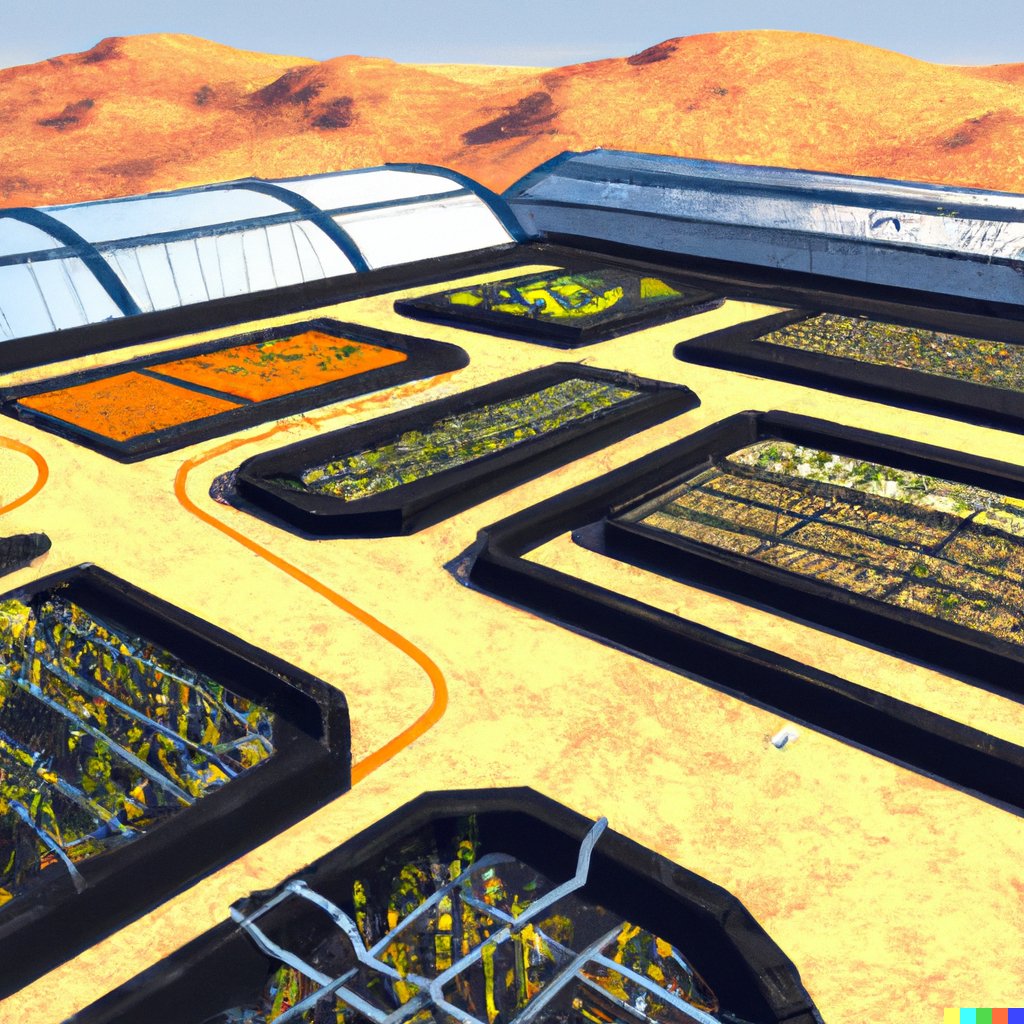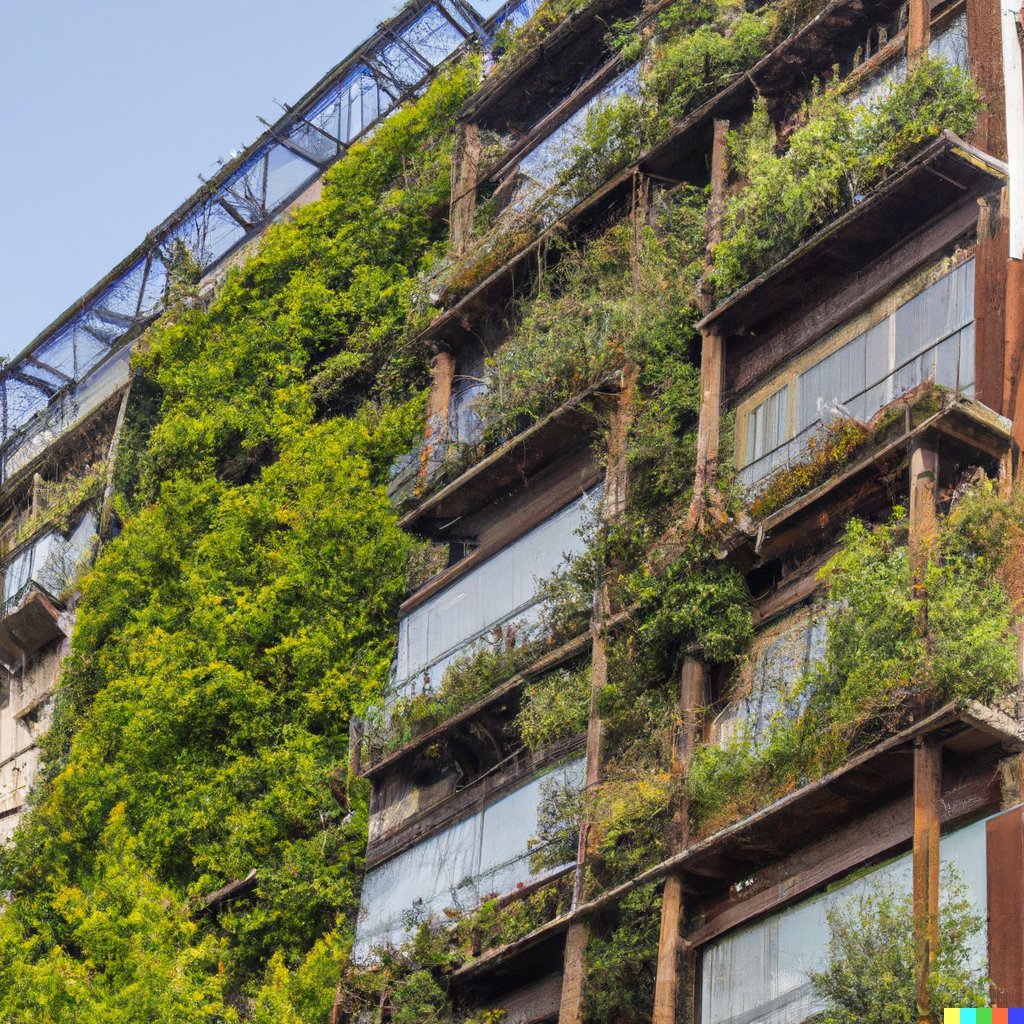
As the world continues to witness rapid urbanization, the concept of homegrown cities is gaining traction as a sustainable and community-oriented approach to city development. Homegrown cities prioritize local resources, culture, and economic growth, making them vital in addressing the challenges posed by urbanization. This article delves into the importance of homegrown cities, exploring how they contribute to a more resilient and prosperous future.
1. Preservation of Local Identity and Culture
Homegrown cities emphasize preserving the unique identity and culture of their communities. By valuing local traditions, arts, and heritage, these cities create a sense of belonging and pride among residents. Preserving cultural diversity enriches the urban landscape and fosters a stronger sense of community.
2. Sustainable Resource Management
Homegrown cities promote sustainable resource management by utilizing local materials and renewable energy sources. They emphasize eco-friendly practices, waste reduction, and efficient transportation systems, leading to reduced carbon footprints and a lighter burden on the environment.
3. Community-Focused Urban Planning
Unlike generic urban development models, homegrown cities prioritize community-focused urban planning. Residents actively participate in the decision-making process, ensuring that the city's development aligns with their needs and aspirations.
4. Economic Growth and Local Businesses
Homegrown cities stimulate economic growth by supporting local businesses and entrepreneurship. These cities foster an environment where small and medium-sized enterprises can thrive, creating job opportunities and promoting a resilient local economy.
5. Social Inclusivity and Accessibility
In homegrown cities, accessibility is a priority. Urban planning focuses on creating inclusive spaces that are accessible to all residents, including the elderly and people with disabilities. This fosters a sense of belonging and equality within the community.
6. Nurturing Sustainable Communities
Homegrown cities emphasize building sustainable communities with strong social networks. These communities are more resilient during times of crisis and are better equipped to tackle challenges collectively.
7. Reduced Urban Sprawl and Encouraging Green Spaces
Homegrown cities adopt smart growth principles, limiting urban sprawl and promoting compact development. This approach helps preserve valuable green spaces, protect natural habitats, and encourage a healthier urban lifestyle.
8. Resilience to Climate Change
Homegrown cities are designed with climate change resilience in mind. By incorporating sustainable infrastructure and disaster preparedness measures, these cities can adapt and withstand the impacts of climate-related events.
9. Localized Food Systems and Agriculture
Homegrown cities support localized food systems, encouraging urban farming and community gardens. This not only enhances food security but also reduces the carbon footprint associated with long-distance food transportation.
10. Balancing Urbanization and Nature
Homegrown cities strike a balance between urbanization and nature, integrating green spaces, parks, and urban forests into the city fabric. This ensures that residents have access to nature and its associated health benefits.
11. Fostering Innovation and Creativity
Homegrown cities provide an environment that nurtures innovation and creativity. By fostering collaboration and supporting artistic expression, these cities become hubs for cultural and technological advancement.
12. Building Stronger Social Bonds
In homegrown cities, a stronger sense of community and social cohesion emerges. Residents feel more connected to each other and are more likely to engage in civic activities and support local initiatives.
Conclusion
Homegrown cities are becoming increasingly important as we face the challenges of urbanization, environmental sustainability, and social inclusivity. By prioritizing local resources, culture, and economic growth, these cities create spaces that foster a sense of community and pride among residents. Moreover, their sustainable practices and community-focused urban planning make them resilient to various challenges, including climate change and economic fluctuations. Embracing the concept of homegrown cities offers the promise of a more vibrant, inclusive, and sustainable future for urban populations worldwide.














